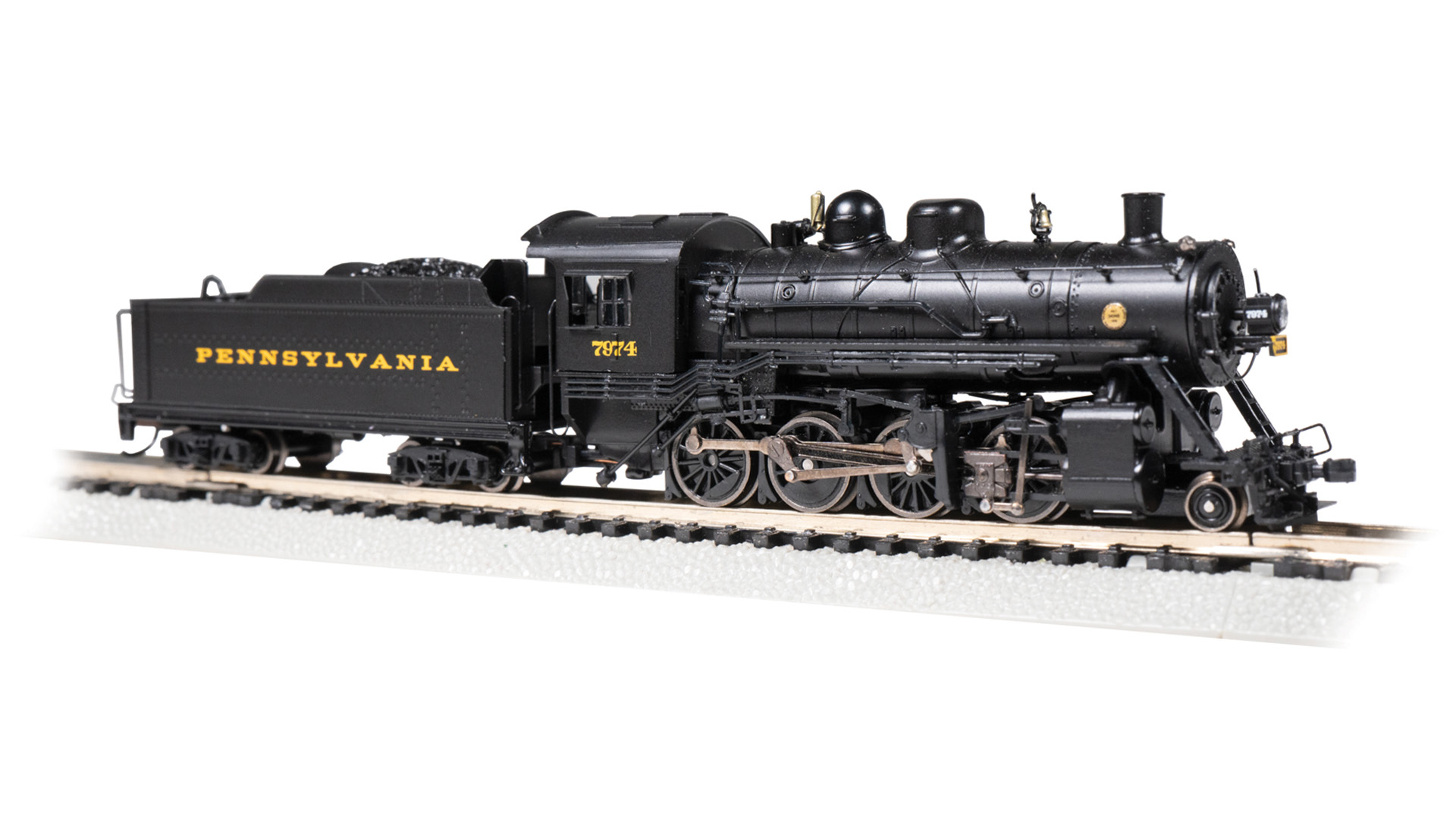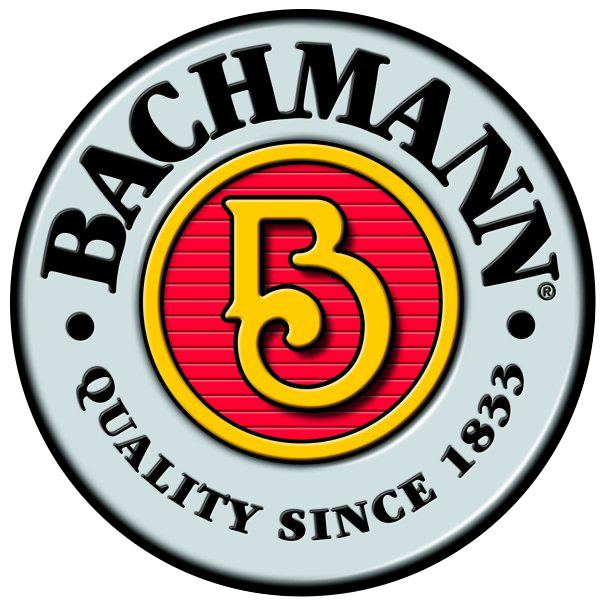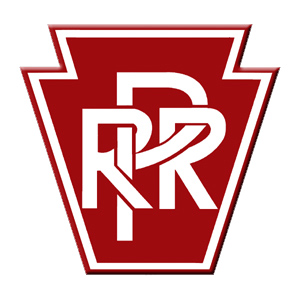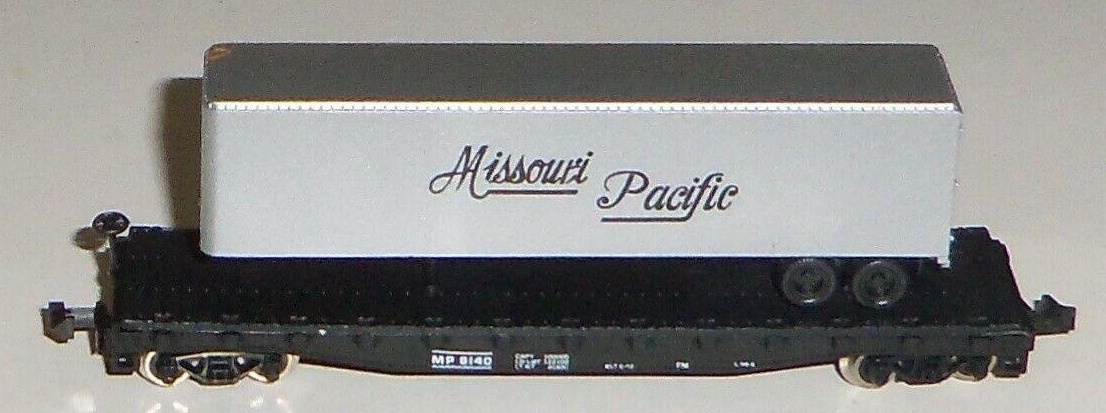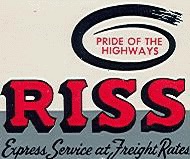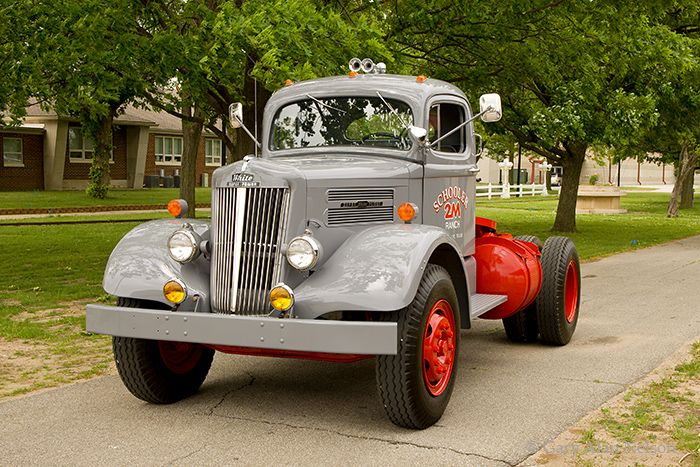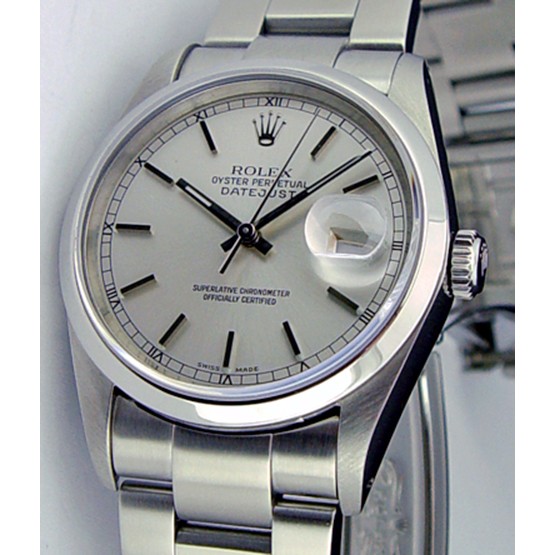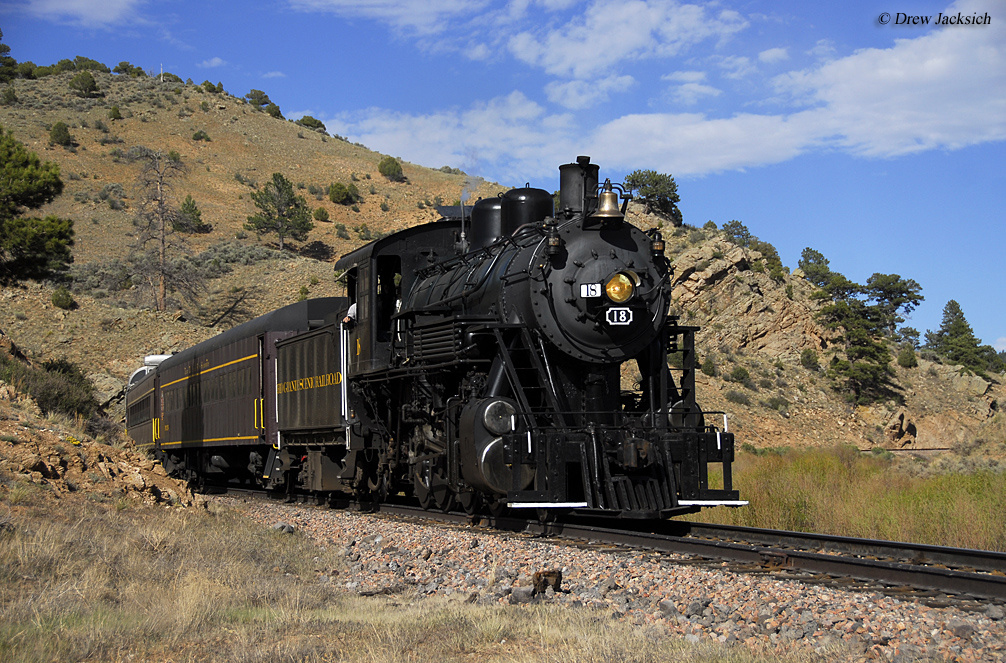Bachmann - 54154 - Locomotive, Steam, 2-8-0 Consolidation - Pennsylvania - 7974
Click to see the details
market
| Stock Number | 54154 |
| Original Retail Price | $359.99 |
| Brand | Bachmann |
| Manufacturer | Bachmann |
| Body Style | Bachmann Steam Engine 2-8-0 Consolidation |
| Image Provider's Website | Link |
| Prototype Vehicle | Locomotive, Steam, 2-8-0 Consolidation (Details) |
| Road or Company Name | Pennsylvania (Details) |
| Road or Reporting Number | 7974 |
| Paint Color(s) | Black |
| Print Color(s) | Gold |
| Coupler Type | E-Z Mate Mark II Magnetic Knuckle |
| Coupler Mount | Body-Mount |
| Wheel Type | Nickel-Silver Plated Metal |
| Wheel Profile | Deep Flange |
| DCC Readiness | Ready |
| Release Date | 2023-06-01 |
| Item Category | Locomotives |
| Model Type | Steam |
| Model Subtype | 2-8-0 |
| Model Variety | Consolidation |
| Prototype Region | North America |
| Prototype Era | NA Era I: Early Steam (1835 - 1900) |
| Scale | 1/160 |
Specific Item Information:
Baldwin 2-8-0 Consolidation - Pennsylvania Railroad #7974. N Scale. The Baldwin 2-8-0 was a workhorse freight locomotive for many railroads and could just as easily be found working long mainline freights or short branch line consists. This Bachmann 2-8-0 Consolidation arrives DCC-ready with a socket built-in for the addition of the DCC decoder of your choice. The model features exquisite detail and accurately scaled functioning metal drivers.
Model Information:
Bachmann first introduced this model in 1980 and it was a bit of a dog, so they improved it in 1983 (introducing a higher quality motor) though it was still a bit of a dog. Bachmann overhauled this model in 2001 with tender pickup and made it DCC-Friendly. Later, in 2010, they added a DCC version. The 2001 model is Bachmann's first 'modern' steam locomotive model. It shares nothing in common with the earlier 1980s vintage 2-8-0. The improvements have made a fair amount of difference
For the early models they don't look too bad for 80's vintage product. The paint schemes in particular stand out as being eye-catching. This doesn't offset the relative low running quality but does help a little. For the 2001 and later models, the detail work is superior to the Kato Mikado. There are more detail parts and they seem to be better designed to withstand handling. I have lost *multiple* parts from my Kato's whereas everything seems really well glued on with the Bachmann units. Pickup comes from the 8 driver wheels on the loco (though not the pilot) as well as the front truck on the tender. It runs smoothly and can pull a lot of cars. It is quiet and runs well at low speeds.
For the early models they don't look too bad for 80's vintage product. The paint schemes in particular stand out as being eye-catching. This doesn't offset the relative low running quality but does help a little. For the 2001 and later models, the detail work is superior to the Kato Mikado. There are more detail parts and they seem to be better designed to withstand handling. I have lost *multiple* parts from my Kato's whereas everything seems really well glued on with the Bachmann units. Pickup comes from the 8 driver wheels on the loco (though not the pilot) as well as the front truck on the tender. It runs smoothly and can pull a lot of cars. It is quiet and runs well at low speeds.
DCC Information:
The 1980s version is not DCC-anything. I have read that the 2001 version is DCC-Friendly, but to be honest I don't see it on my early version. The later version stores the decoder in the tender and is connected with wires to the locomotive. An odd-design, but I am assuming this is due to cramped quarters in the loco shell.
Prototype History:
Under the Whyte notation for the classification of steam locomotives, 2-8-0 represents the wheel arrangement of two leading wheels on one axle, usually in a leading truck, eight powered and coupled driving wheels on four axles and no trailing wheels. In the United States and elsewhere, this wheel arrangement is commonly known as a Consolidation.
Of all the locomotive types that were created and experimented with in the 19th century, the 2-8-0 was a relative latecomer. From its introduction in 1866 and well into the early 20th century, the 2-8-0 design was considered to be the ultimate heavy-freight locomotive. The 2-8-0's forte was starting and moving "impressive loads at unimpressive speeds" and its versatility gave the type its longevity. The practical limit of the design was reached in 1915, when it was realized that no further development was possible with a locomotive of this wheel arrangement.
From Wikipedia
Of all the locomotive types that were created and experimented with in the 19th century, the 2-8-0 was a relative latecomer. From its introduction in 1866 and well into the early 20th century, the 2-8-0 design was considered to be the ultimate heavy-freight locomotive. The 2-8-0's forte was starting and moving "impressive loads at unimpressive speeds" and its versatility gave the type its longevity. The practical limit of the design was reached in 1915, when it was realized that no further development was possible with a locomotive of this wheel arrangement.
From Wikipedia
Road Name History:
The Pennsylvania Railroad (reporting mark PRR) was an American Class I railroad, founded in 1846. Commonly referred to as the "Pennsy," the PRR was headquartered in Philadelphia, Pennsylvania.
The PRR was the largest railroad by traffic and revenue in the U.S. for the first half of the twentieth century. Over the years, it acquired, merged with or owned part of at least 800 other rail lines and companies. At the end of 1925, it operated 10,515 miles of rail line; in the 1920s, it carried nearly three times the traffic as other railroads of comparable length, such as the Union Pacific or Atchison, Topeka & Santa Fe railroads. Its only formidable rival was the New York Central (NYC), which carried around three-quarters of PRR's ton-miles.
At one time, the PRR was the largest publicly traded corporation in the world, with a budget larger than that of the U.S. government and a workforce of about 250,000 people. The corporation still holds the record for the longest continuous dividend history: it paid out annual dividends to shareholders for more than 100 years in a row.
In 1968, PRR merged with rival NYC to form the Penn Central Transportation Company, which filed for bankruptcy within two years. The viable parts were transferred in 1976 to Conrail, which was itself broken up in 1999, with 58 percent of the system going to the Norfolk Southern Railway (NS), including nearly all of the former PRR. Amtrak received the electrified segment east of Harrisburg.
The PRR was the largest railroad by traffic and revenue in the U.S. for the first half of the twentieth century. Over the years, it acquired, merged with or owned part of at least 800 other rail lines and companies. At the end of 1925, it operated 10,515 miles of rail line; in the 1920s, it carried nearly three times the traffic as other railroads of comparable length, such as the Union Pacific or Atchison, Topeka & Santa Fe railroads. Its only formidable rival was the New York Central (NYC), which carried around three-quarters of PRR's ton-miles.
At one time, the PRR was the largest publicly traded corporation in the world, with a budget larger than that of the U.S. government and a workforce of about 250,000 people. The corporation still holds the record for the longest continuous dividend history: it paid out annual dividends to shareholders for more than 100 years in a row.
In 1968, PRR merged with rival NYC to form the Penn Central Transportation Company, which filed for bankruptcy within two years. The viable parts were transferred in 1976 to Conrail, which was itself broken up in 1999, with 58 percent of the system going to the Norfolk Southern Railway (NS), including nearly all of the former PRR. Amtrak received the electrified segment east of Harrisburg.
Brand/Importer Information:
Bachmann Industries (Bachmann Brothers, Inc.) is a Bermuda registered Chinese owned company, globally headquartered in Hong Kong; specializing in model railroading.
Founded in Philadelphia, Pennsylvania, the home of its North American headquarters, Bachmann is today part of the Kader group, who model products are made at a Chinese Government joint-venture plant in Dongguan, China. Bachmann's brand is the largest seller, in terms of volume, of model trains in the world. Bachmann primarily specializes in entry level train sets, and premium offerings in many scales. The Spectrum line is the high quality, model railroad product line, offered in N, HO, Large Scale, On30, and Williams O gauge all aimed for the hobbyist market. Bachmann is the producer of the famous railroad village product line known as "Plasticville." The turnover for Bachmann model trains for the year ended 31 December 2006 was approximately $46.87 million, a slight increase of 3.36% as compared to 2005.
Founded in Philadelphia, Pennsylvania, the home of its North American headquarters, Bachmann is today part of the Kader group, who model products are made at a Chinese Government joint-venture plant in Dongguan, China. Bachmann's brand is the largest seller, in terms of volume, of model trains in the world. Bachmann primarily specializes in entry level train sets, and premium offerings in many scales. The Spectrum line is the high quality, model railroad product line, offered in N, HO, Large Scale, On30, and Williams O gauge all aimed for the hobbyist market. Bachmann is the producer of the famous railroad village product line known as "Plasticville." The turnover for Bachmann model trains for the year ended 31 December 2006 was approximately $46.87 million, a slight increase of 3.36% as compared to 2005.
Item created by: CNW400
on 2023-03-23 16:18:55
If you see errors or missing data in this entry, please feel free to log in and edit it. Anyone with a Gmail account can log in instantly.
If you see errors or missing data in this entry, please feel free to log in and edit it. Anyone with a Gmail account can log in instantly.


